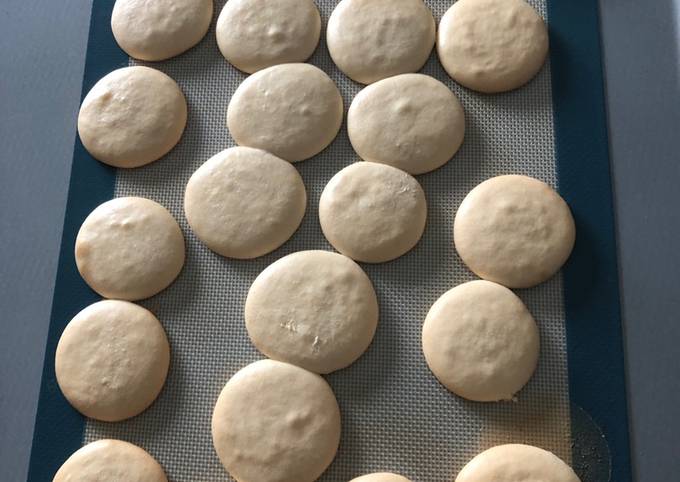Cornstarch cookies. Fresh baked, hand-made, individually decorated real American cookies. A party with a tray of cookies is always better The traditional way to make these cookie is by shaping the dough into little balls which you put on your baking sheet and flatten with a fork dipped in cornstarch. Keep dipping the fork into the cornstarch as needed.
 Unlike most cookies, these cookies use cornstarch as its primary ingredient. "Biscoitos de maizena" literally translates as "cornstarch cookies". sift together flour cornstarch and icing sugar.
Beat butter until smooth add vanilla a teaspoon at a time and mix until well blended.
Melting Moments (also known as butter cookies or even cornstarch cookies) are unleavened cookies consisting of butter, flour, and sugar.
You can cook Cornstarch cookies using 3 ingredients and 3 steps. Here is how you achieve it.
Unlike most cookies, these cookies use cornstarch as its primary ingredient. "Biscoitos de maizena" literally translates as "cornstarch cookies". sift together flour cornstarch and icing sugar.
Beat butter until smooth add vanilla a teaspoon at a time and mix until well blended.
Melting Moments (also known as butter cookies or even cornstarch cookies) are unleavened cookies consisting of butter, flour, and sugar.
You can cook Cornstarch cookies using 3 ingredients and 3 steps. Here is how you achieve it.
Ingredients of Cornstarch cookies
- Prepare 7 oz of cornstarch 14 tablespoon.
- It's 1 tablespoon of butter.
- Prepare 7 oz of condensed milk.
They are wonderfully buttery and melt-in-your-mouth. My butter cookies are eggless, and uses more cornflour/cornstarch than flour, resulting in such a soft, delicate crumb. Cornstarch not only acts as a thickening agent, but it can also be used in baked goods like cookies, brownies and cakes. If you're searching for more structure in your favorite dessert recipe, then cornstarch might be just the ingredient you need!
Cornstarch cookies instructions
- Mix all in fork, then use your hands to make a dough.
- Use a watermelon scooper cut the dough to small size roll in ball add to the tray.
- Cook in oven 350 f for 15 to 20 minutes enjoy.
Whip butter with an electric mixer until fluffy. Stir in the confectioners' sugar, cornstarch, and flour. Which gives baked goods better rise and makes them fluffier and more tender. Actually, cake flour doesn't give baked goods a better rise, it gives a worse rise because the added starch interferes with gluten formation. This interference makes the baked goods softer texture and less chewy.